When most people hear the name Saint Helena, they think of one man: Napoleon Bonaparte. This remote British Overseas Territory in the South Atlantic Ocean served as the final chapter in the life of the French Emperor after his defeat at Waterloo in 1815. In this guide, we’ll take you on a complete journey through the Napoleonic sites of Saint Helena, offering tips for what to see and the historical significance behind each location.
Table of Contents
Why Napoleon was sent to Saint Helena
Following his final defeat at Waterloo in June 1815, Napoleon posed a continuing threat to the fragile peace in Europe. His escape from Elba the year before had shaken the Allied powers. This time, they would make no mistake. The British chose Saint Helena, a tiny volcanic outcrop over 1,800 kilometres from the nearest mainland, as a place from which there could be no return.
HMS Northumberland delivered Napoleon to the island on 15 October 1815, along with a small group of loyal followers. Here, amid misty highlands and steep cliffs, the most feared man in Europe became a reluctant tenant of the British Empire.
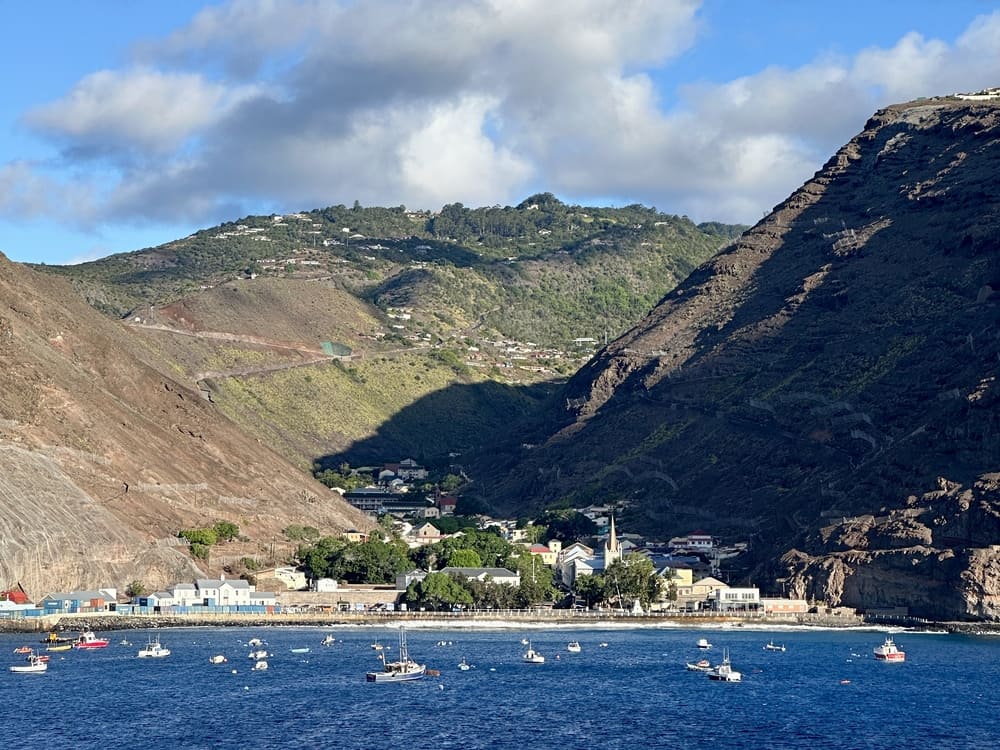
The Napoleonic sites of Saint Helena that you can visit
Longwood House – The Imperial Prison
Longwood House, situated on a windswept plateau in the island’s misty interior, was where Napoleon spent most of his exile and where he ultimately died on 5 May 1821. It was never meant to house an emperor: the damp, drafty former farm building was hastily adapted, and even in his final months, leaks, mould, and the ever-present wind added to his discomfort.
Today, Longwood is one of the world’s best-preserved Napoleonic residences and the most famous of the Napoleonic sites of Saint Helena. Maintained by the French government, it houses:
- Napoleon’s original furniture, writing desk, and bathtub.
- Reconstructed interiors faithfully replicating the atmosphere of his exile.
- His death mask, made shortly after his passing.
- A library and museum of artefacts, including uniforms and letters.
- Beautifully maintained gardens, reflecting his love for horticulture.
Despite the hardship he endured, Longwood was where Napoleon dictated his memoirs, debated philosophy, and preserved his legacy. Don’t rush through. The onsite guides, many of them locals passionate about history, offer remarkable insight. The surrounding gardens, designed to resemble those Napoleon loved in France, are also worth a stroll.
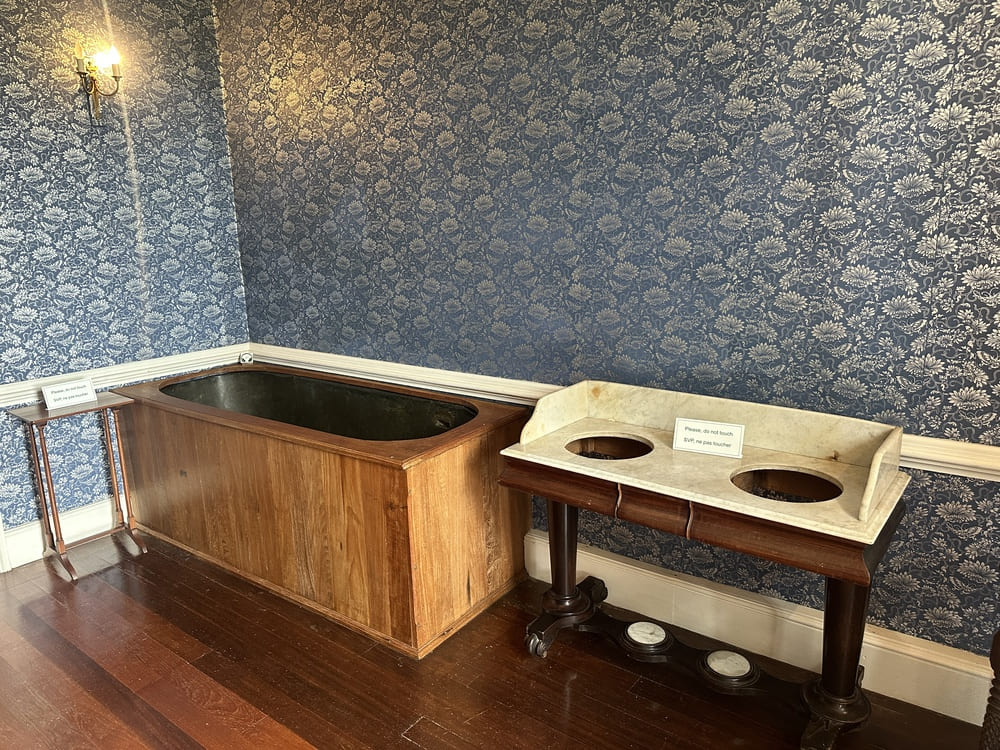
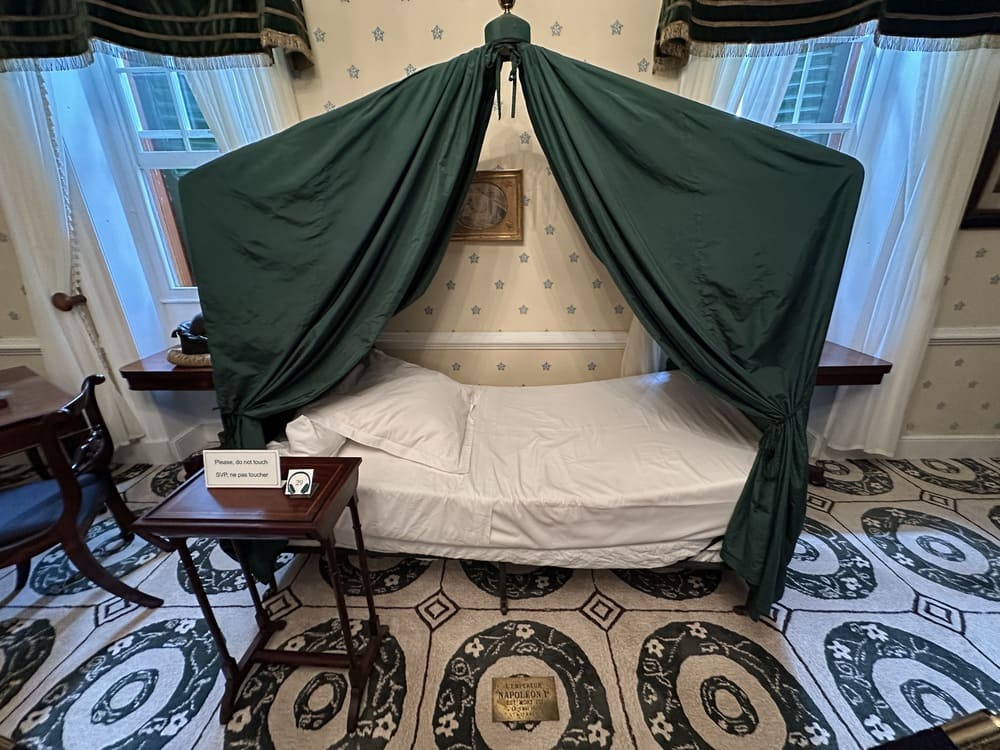
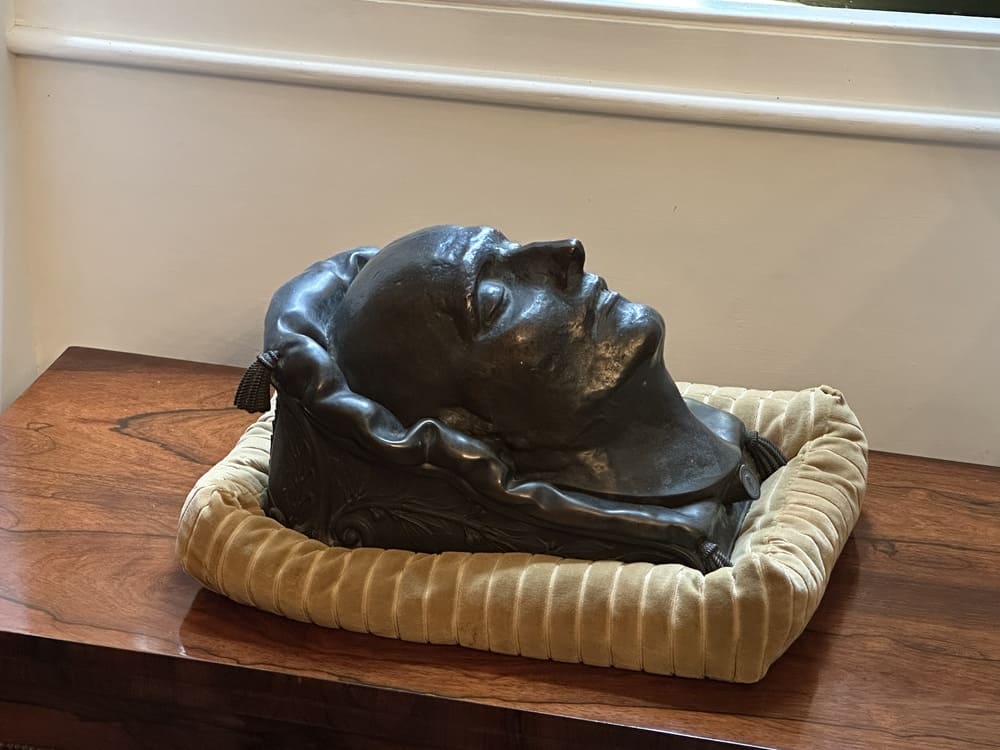

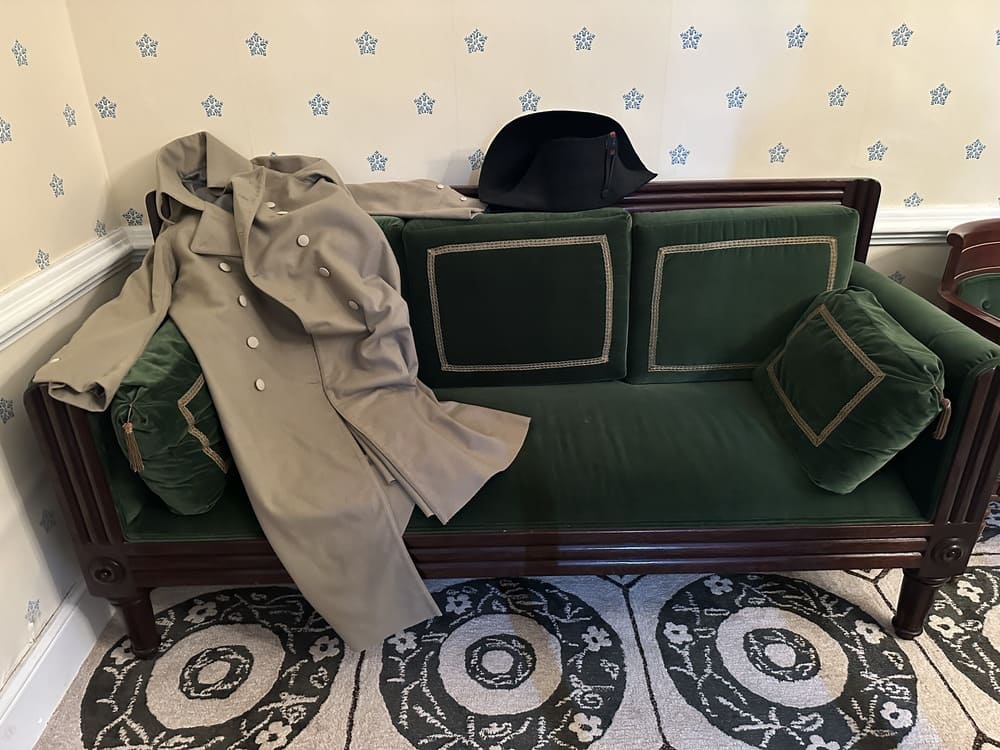
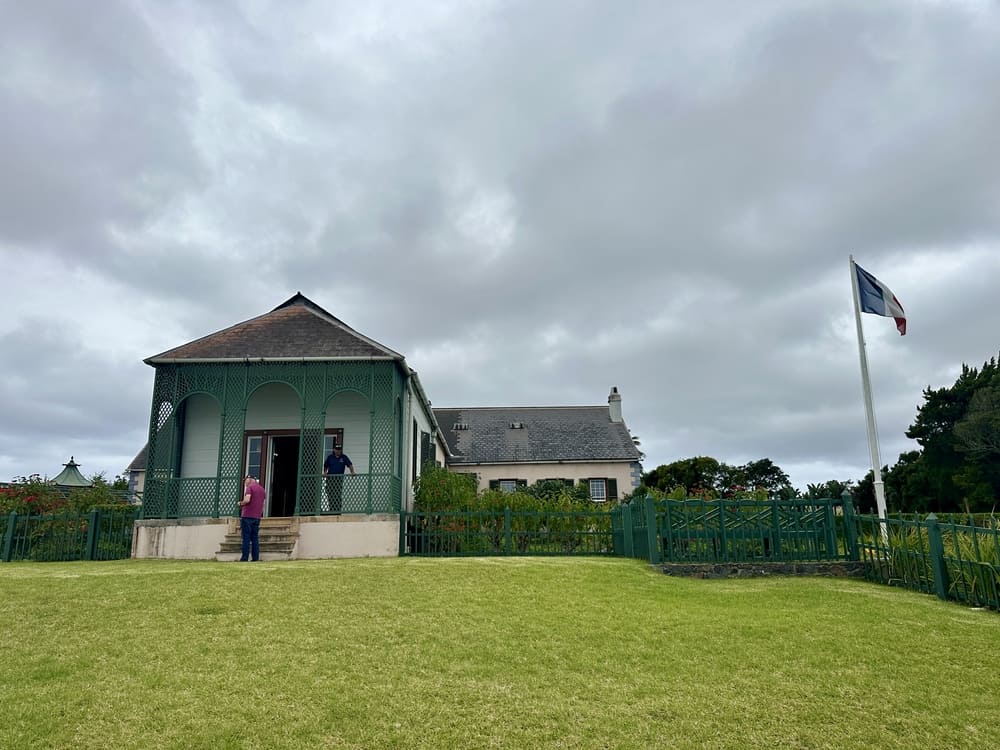
The Briars Pavilion – His First Days in Exile
Before Longwood House was made ready, Napoleon spent two months at The Briars, the home of the Balcombe family. Here, he was treated more like a guest than a prisoner, striking up a playful friendship with Betsy Balcombe, the teenage daughter of his hosts. Their relationship, full of banter, language lessons, and mischief, was later chronicled in her memoirs and helped shape the modern view of Napoleon as more human than emperor.
Today, The Briars Pavilion is preserved much as it was. The site, also managed by the French domains, provides exceptional views across the Jamestown valley and serves as a peaceful counterpoint to the more austere Longwood.
Napoleon’s Tomb – The Valley of the Grave
After six years of confinement, Napoleon died on 5 May 1821, most likely from stomach cancer, though theories still circulate. He had chosen his desired burial site himself: a tranquil, fern-filled hollow in Sane Valley, “by the spring under the willow trees.”
The tomb was constructed shortly after his death. Yet, even in death, disagreement persisted: the British refused to allow the inscription “Napoleon I” while the French would not accept “General Bonaparte.” As a result, the tomb bears no name at all.
In 1840, with Louis-Philippe on the French throne, Napoleon’s remains were exhumed and returned to France in a ceremony known as the Retour des Cendres. His body was laid to rest under the grand dome of Les Invalides in Paris. But his original tomb remains, empty and pristine, still watched over by the rustling of the willows he so loved.
The walk to the tomb from Longwood is an easy and meditative 20-minute stroll. For many visitors, it’s the emotional climax of their visit to the Napoleonic sites of Saint Helena.
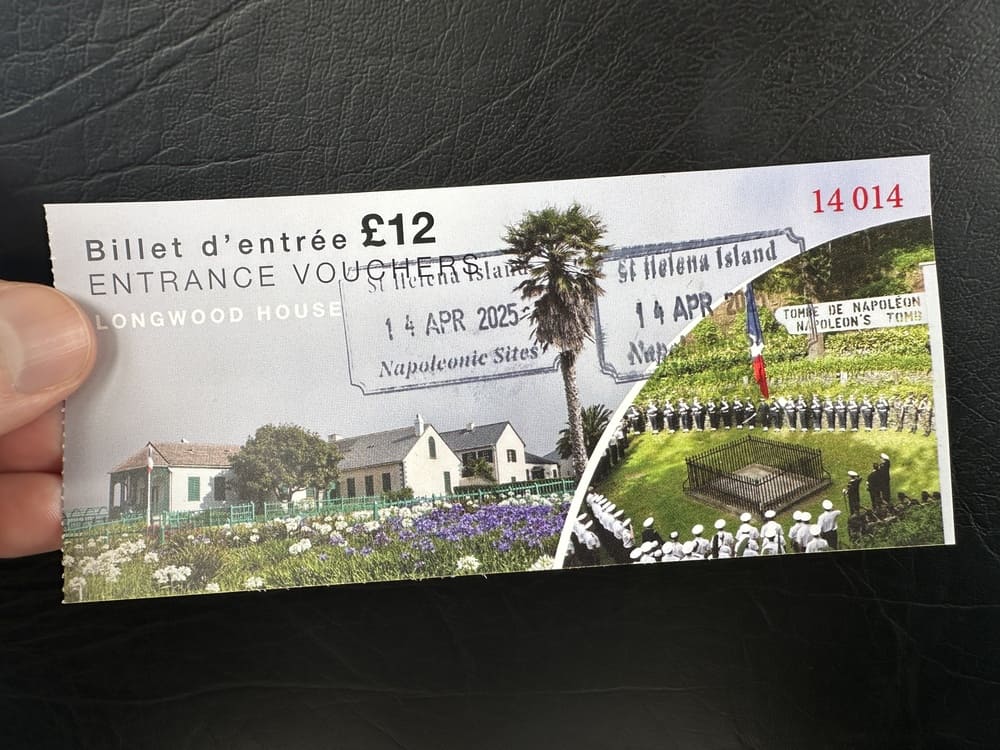
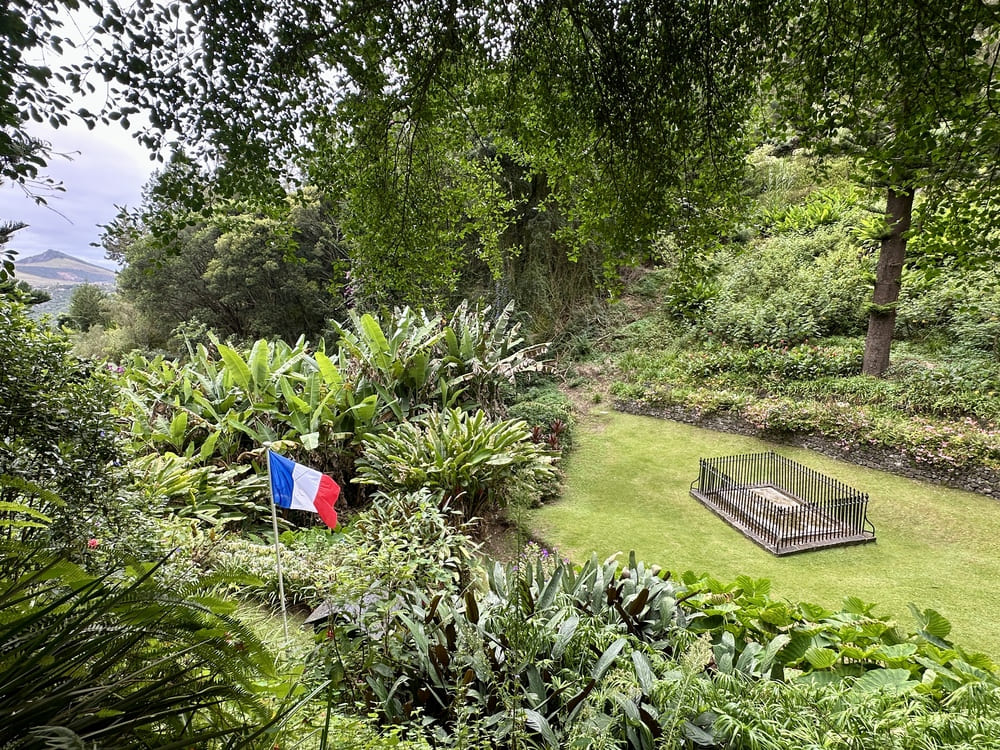
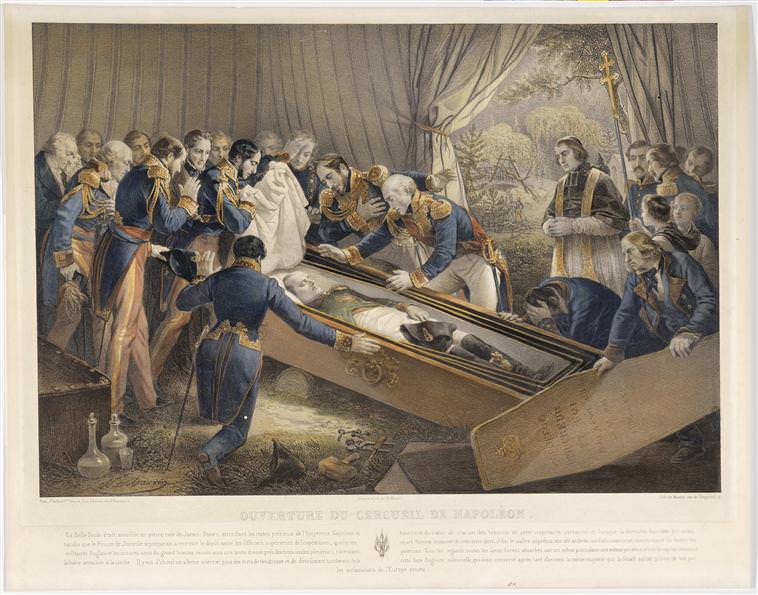
Napoleon Street – A lasting legacy in Jamestown
In the island’s Georgian capital of Jamestown, Napoleon’s name still resonates. The main thoroughfare was renamed Napoleon Street in the 19th century as a tribute to the emperor’s historic association with the island. The naming reflects not only local recognition of his presence, but also the strong cultural ties that remain between Saint Helena and France.
Along Napoleon Street, you’ll find:
- Charming colonial-era buildings, many unchanged since Napoleon’s time.
- The entrance to Castle Gardens, where British administrators once read proclamations.
- Shops, cafes, and St Helena’s only bank.
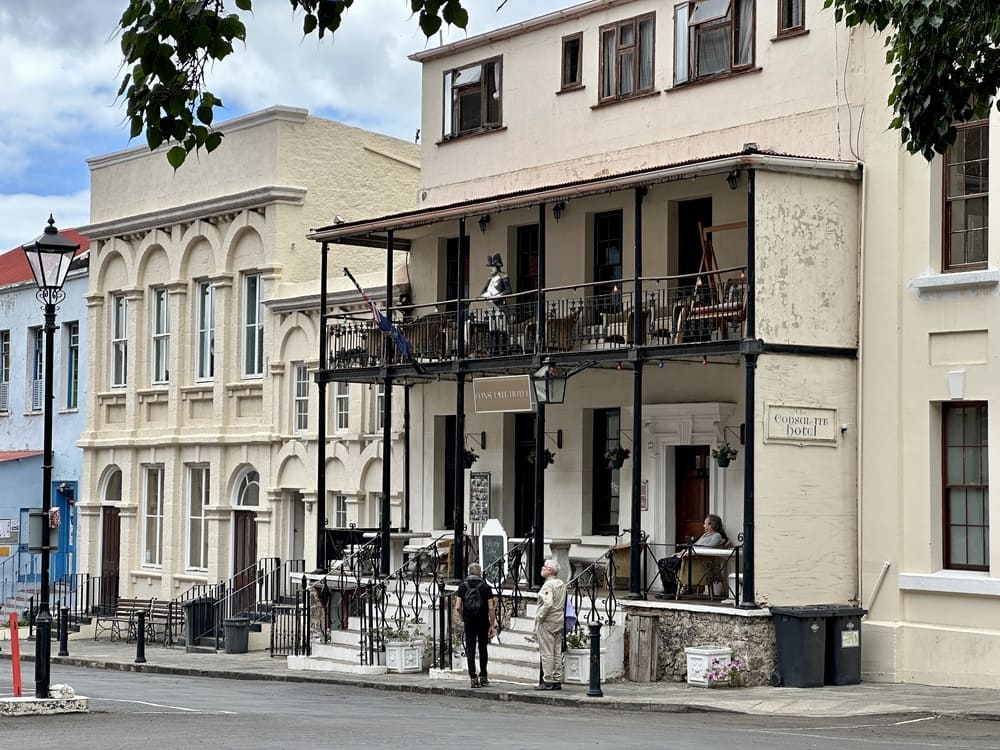
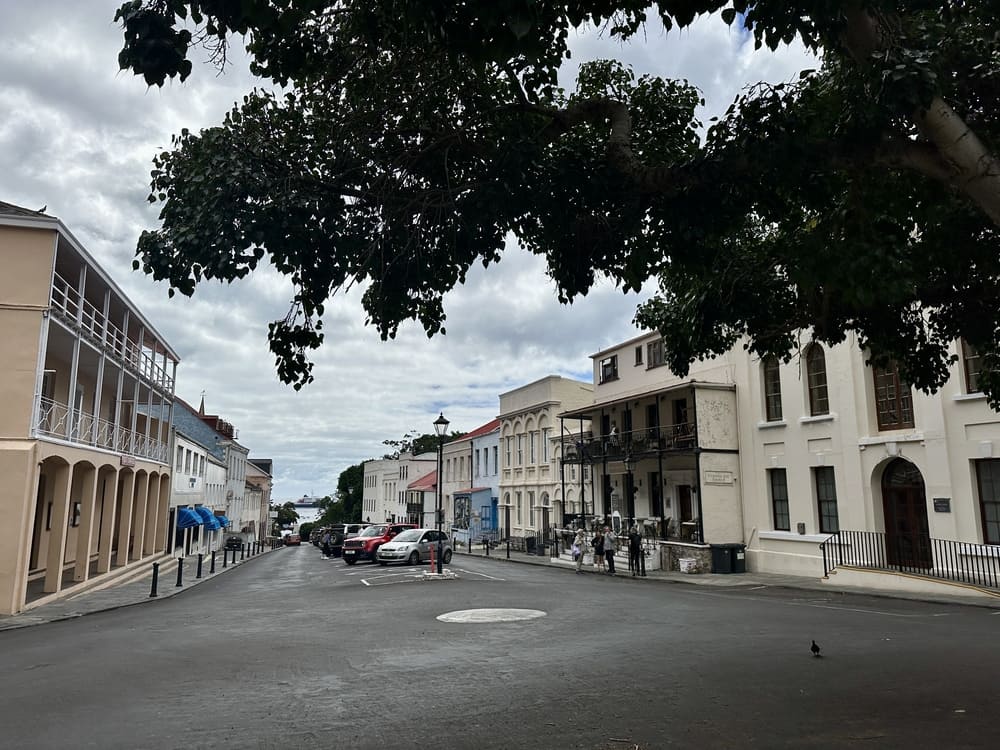
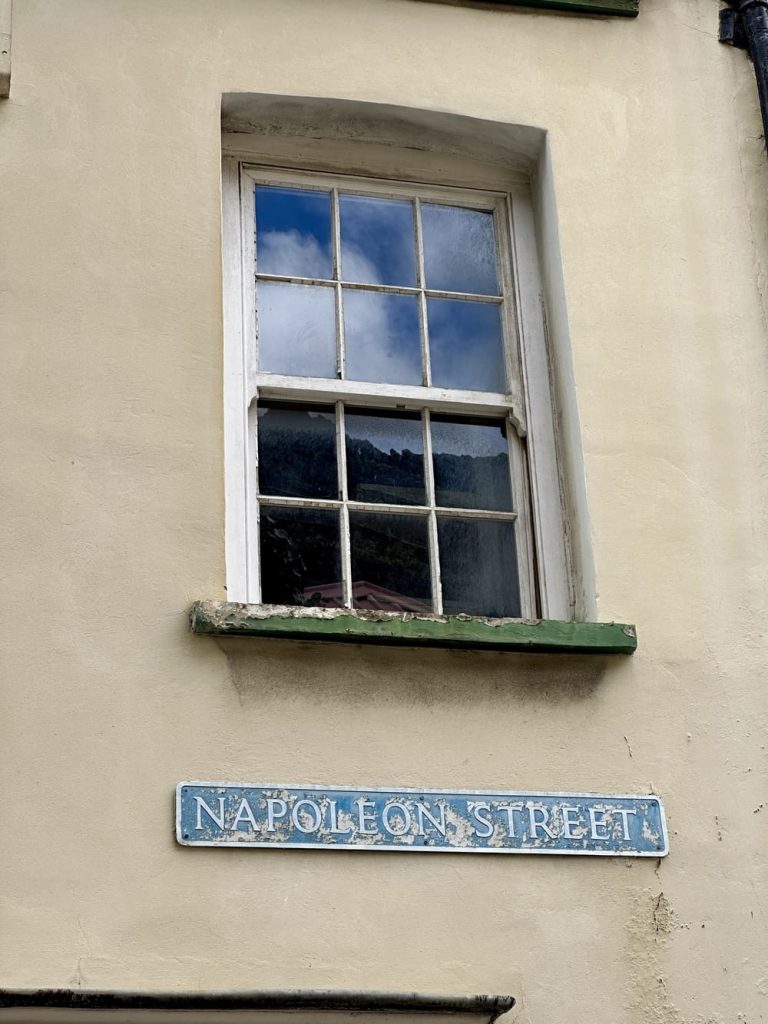
Tristan da Cunha, an outpost to keep Napoleon in
You might be surprised to learn that even Tristan da Cunha, located some 2,400 kilometres south of Saint Helena, was caught up in Napoleon’s exile.
In 1816, the British established a military garrison on Tristan da Cunha specifically to prevent any French rescue attempt from the south. The concern was that a daring escape by sea might involve a stopover or refuelling at Tristan. The island was uninhabited at the time, and the occupation was purely strategic.
Though the garrison was withdrawn after Napoleon’s death, some soldiers stayed behind, becoming the island’s first permanent settlers. Their descendants still live there today, in the singular village of Edinburgh of the Seven Seas.
The Napoleonic Heritage Trail
To see all Napoleonic sites of Saint Helena, follow the Napoleonic Heritage Trail linking The Briars, Longwood House, and the Tomb. The trail can be done independently or with a local guide, with each stop offering deeper insight into the life and slow death of an exiled emperor.
Optional add-ons include the plantation house, where the island’s governor resided during Napoleon’s exile, and Signal Hill, used by British lookouts to watch for incoming ships.
Planning Your Visit
How to Get There: Flights to Saint Helena operate from Johannesburg, South Africa, on a weekly basis (with additional seasonal flights). The only airport is in Prosperous Bay Plain. You can also join our Grand South Atlantic Cruise, going to South Georgia, Tristan Da Cunha and Saint Helena, which includes a visit to the Napoleonic sites of Saint Helena.
Best Time to Visit: The dry season from November to March is ideal, though the climate is mild year-round. Saint Helena’s position gives it a surprisingly temperate climate.
Where to Stay: Options range from charming guesthouses in Jamestown to rural eco-lodges closer to Longwood. Book well in advance—capacity is limited.
Language & Currency: English is spoken everywhere. The local currency is the Saint Helena Pound (at parity with GBP), though British Pounds are also accepted.





